We already know what will be the biggest-selling vehicles in 2024. The usual suspects like the Toyota HiLux, Ford Ranger and Toyota RAV4 are likely to be our most popular models.
But what about the most important models for each of the biggest brands? The new additions that will either become the next best-seller or represent a new avenue for our biggest carmakers. Our list includes some ground-breaking electric vehicles and some important hybrids, but all will be critical to each brand and how they perform not only in 2024 but the years beyond.
Toyota bZ4X

Well, this is a bit awkward. That's because we said the bZ4X would be Toyota's most important new model in 2023… and it never showed up.
It's been a long wait but the company has assured us that '24 is the year for it to finally launch its first all-electric model. As we wrote last year, Australian buyers perceive Toyota to be a reliable and dependable brand, so the introduction of the bZ4X should be a key moment for the remaining EV skeptics to finally consider such a car mainstream.
It probably undercuts that message somewhat that Toyota Australia's management comes across as somewhat skeptical of EVs, investing and talking-up alternatives like hydrogen fuel-cell vehicles and other similar technologies rather than fully committing to electrification.
Still, the long-awaited arrival of the bZ4X will be a major moment for Toyota in Australia and it will clearly be its most important arrival of the year.
Mazda CX-80

Mazda's more premium focused 'Large Product family' gets its third member in 2024, with the CX-80 joining the recently arrived CX-60 and CX-90. These new offerings sit on the brand's latest platform and utilise its latest powertrain technology, including mild-hybrid petrol and diesel engines as well as a plug-in hybrid option.
The three-row CX-80 will effectively replace the CX-8 and CX-9 in the local range, still offering families plenty of space but trying to wrap it up in a more polished package.
After the CX-60 and CX-90 have received, shall we say, mixed reviews, it will be important for the CX-80 to make a strong first impression. Which may explain why we haven't seen it yet, with Mazda still putting the finishing touches to the new SUV as we went to press.
Hyundai Tucson Hybrid

This is a big deal for Hyundai for two reasons. Firstly, it's a critical expansion of its hybrid offerings in Australia, something the brand has lacked. Secondly, the sales success of the Toyota RAV4 Hybrid clearly demonstrates that Australian buyers are looking for fuel-efficient SUV options.
Beating the RAV4 is a tall order for any mid-size SUV but the Tucson is one of its sales challengers and adding a hybrid will only enhance its appeal. Whether or not it suddenly boosts sales, though, only time will tell.
The addition of more hybrid models (the i30 Sedan Hybrid is also coming in '24) increases the breadth of offerings from Hyundai. At a time when buyers are looking for more efficient vehicles but many are not ready for an all-electric option, having the popular Tucson expand its range is a key move.
Kia Sportage Hybrid
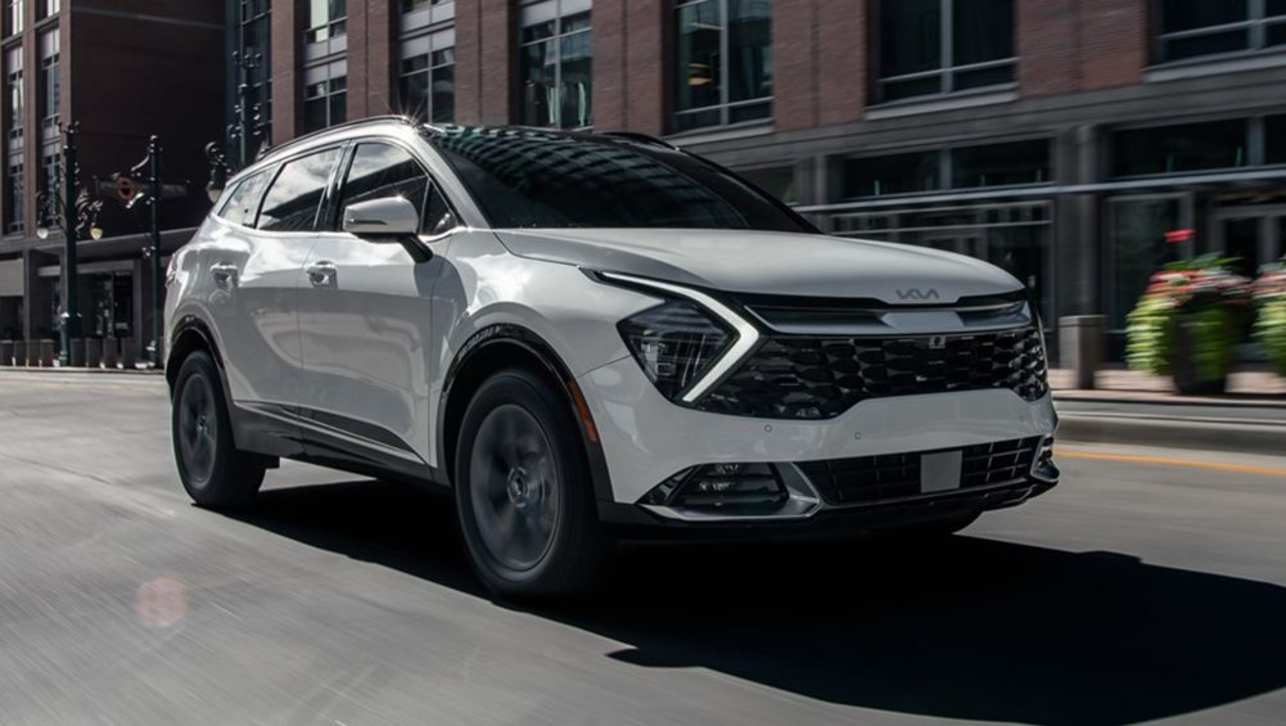
Read the above entry and replace Hyundai with Kia and Tucson with Sportage.
But seriously, while these two new models are very similar technically (as they share the same components) there will be a crucial battle between the two brands for mid-size SUV honours. The Sportage suffered a drop in sales in 2023, handing the advantage back to Hyundai, but the introduction of a new variant is the perfect opportunity to shift the balance again. In fact, the sales race between these two related brands is so tight that the success or failure of an individual model could make a key difference.
On the consumer level, the addition of not one, but two, new hybrid SUVs only means more choice and a more competitive market, which should hopefully mean more competitive pricing.
Tesla Model 3

Tesla only has two models but the American brand has effectively cornered the market for electric cars. The Model 3 has been selling in huge numbers, averaging more than 1500 sales per month, but after so many years on sale it needed something to keep it fresh. Thus, the ideally timed arrival of this updated example.
The new-for-2024 Model 3 is getting a makeover, with a more aerodynamically shaped front-end design, an even simpler cabin, new wheel designs and some technical improvements. Key among these is new suspension and a new Michelin tyre to improve the ride, one of the most consistent criticisms of the car.
This is crucially important for Tesla, as the company needs to both attract new customers and incentivise existing customers to upgrade in order to maintain its sales and not begin sliding backwards.
BYD Ute
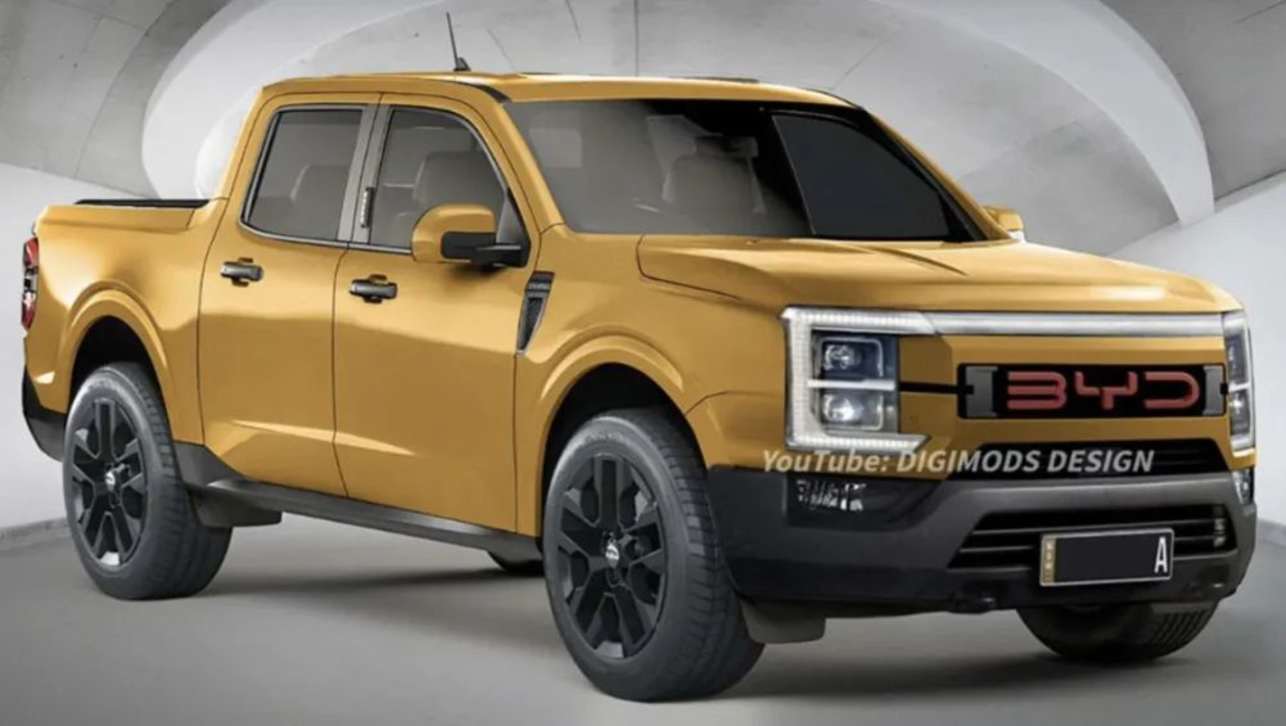
If there is one brand Tesla should be concerned with its BYD. The Chinese company has made a big impact with its more affordable electric vehicles, starting with the Atto 3 SUV but followed up with the Dolphin hatch and Seal sedan - all of which undercut Tesla's Model 3 and Model Y options.
By far the most important new model for the brand in 2024 will be its as-yet-unnamed ute. This will be BYD's first non-EV product in Australia, instead opting for a new plug-in hybrid powertrain that combines a 1.5-litre turbocharged petrol engine with an electric motor.
BYD Australia's management is confident that this new entrant into the highly competitive ute market will be “best-in-class” and if it's a sales hit it has the potential to be a massive boost for the brand.



.jpg)









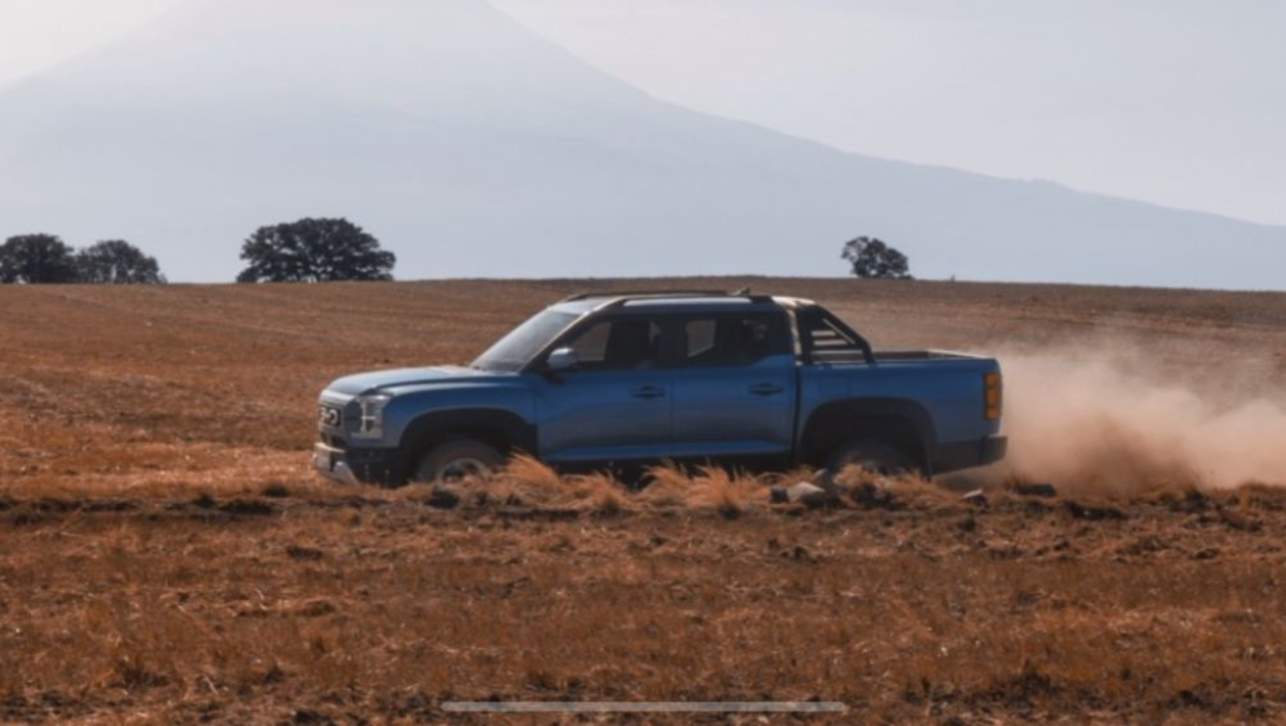
.jpg)
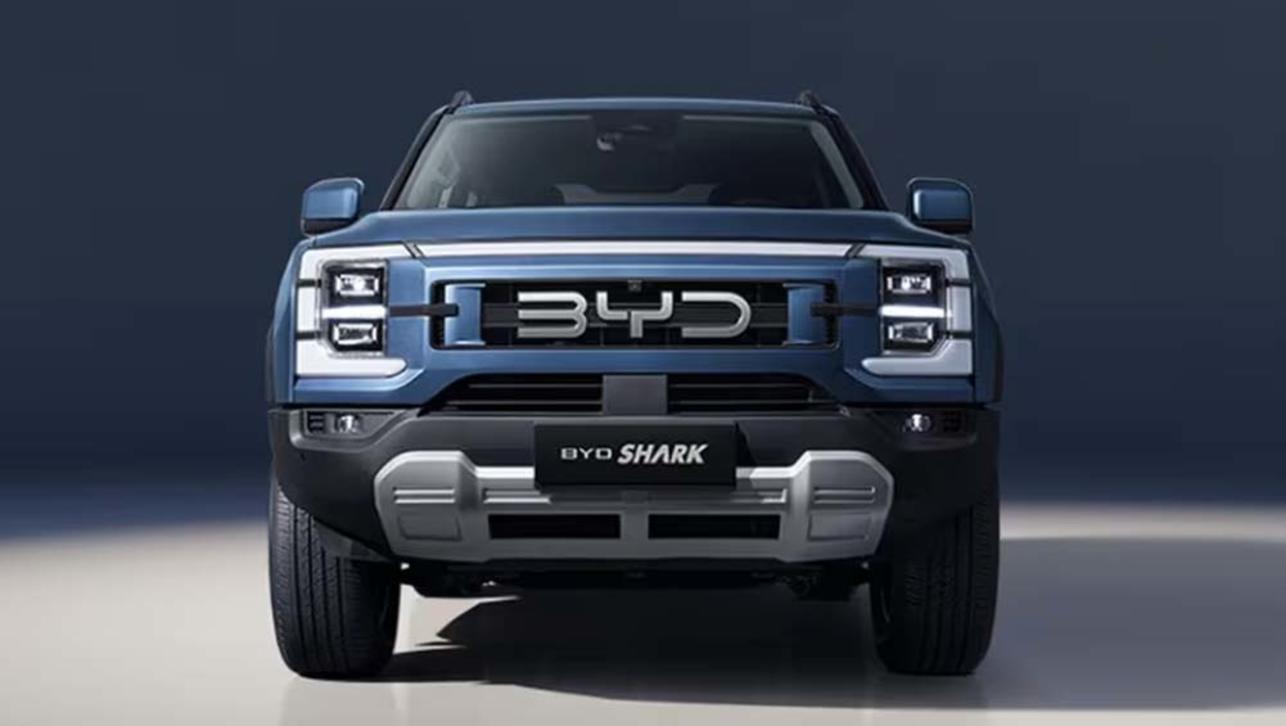
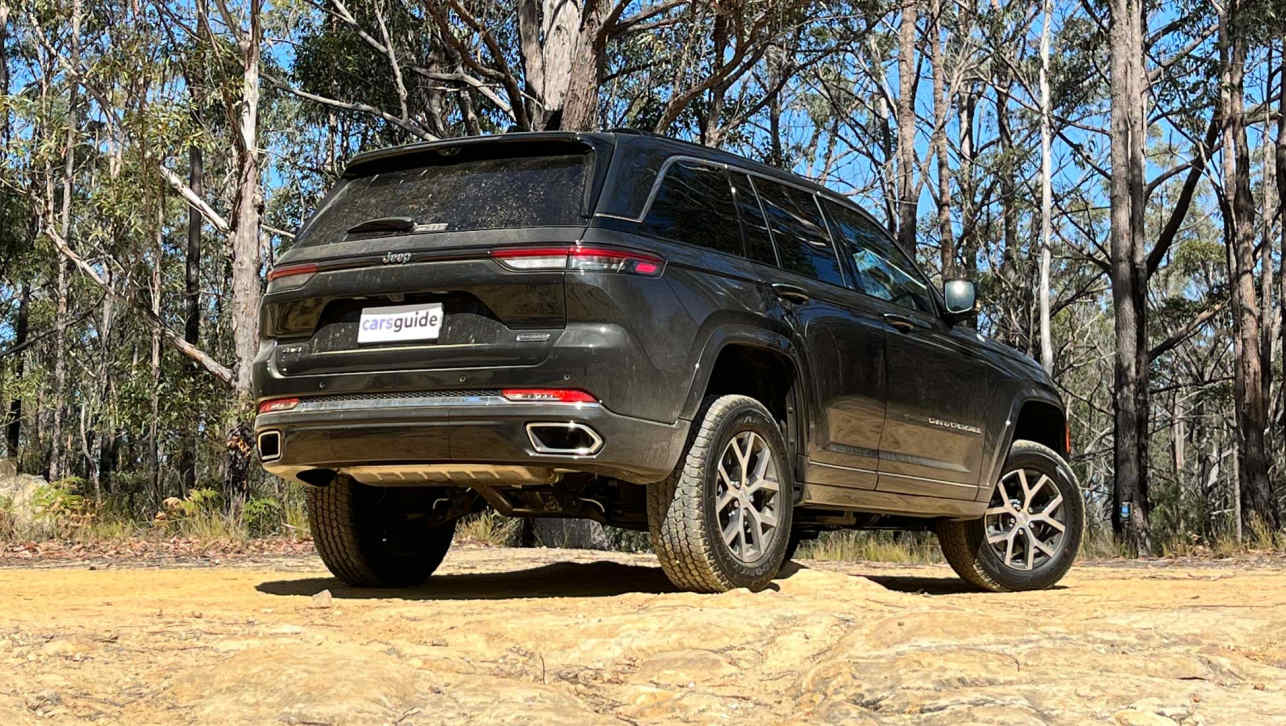
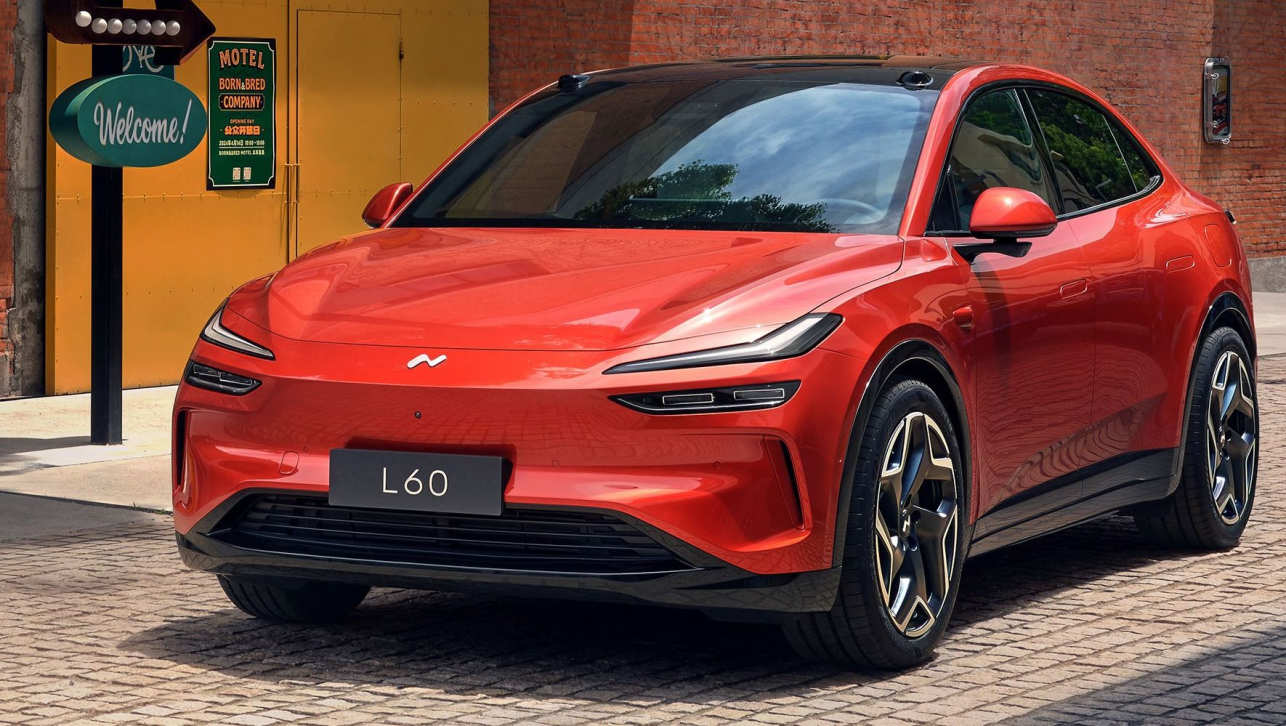


.jpg)

.jpg)
.jpg)
.jpg)
.jpg)





Comments